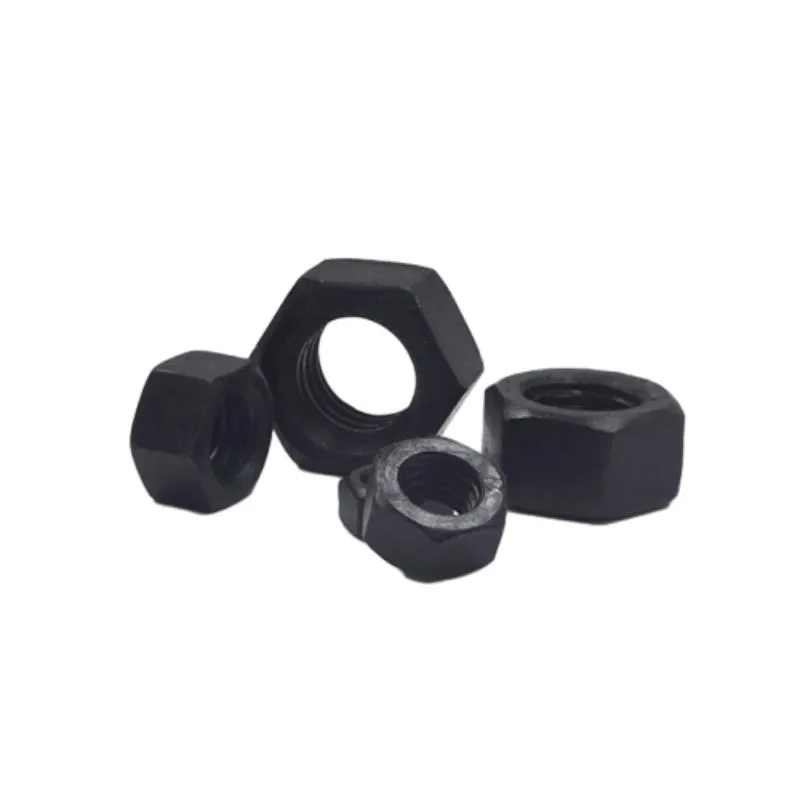Dec . 04, 2024 14:44 Back to list
A Comprehensive Guide to Various Bolt Types and Their Images
Different Types of Bolts with Pictures
Bolts are essential fasteners in construction, manufacturing, and machinery. They come in various shapes, sizes, and materials, each serving a specific purpose. This article explores the different types of bolts, accompanied by descriptions and uses to help you understand their functions better.
1. Hex Bolts
Hex bolts are one of the most common types of bolts used in construction and machinery. They have a hexagonal head that allows for easy gripping with a wrench. Typically made from steel, stainless steel, or alloy, hex bolts are versatile and are used to fasten objects together, especially in heavy-duty applications. They are often used with a nut on the other side to secure the connection.

2. Carriage Bolts
Carriage bolts feature a round head and a square neck that prevents the bolt from turning when tightened. This design is ideal for fastening wood to wood or wood to metal. The smooth round head provides a clean look, making carriage bolts popular in outdoor furniture and structures. They are available in various lengths and diameters.

3. Lag Bolts
Lag bolts, or lag screws, are heavy-duty fasteners used for wood-to-wood or wood-to-metal applications. They have a large, hexagonal head and a coarse thread that provides superior gripping power. Lag bolts are often utilized in decks, heavy furniture, and timber framing, where strong connections are crucial.

Machine bolts are designed for use in machinery or assemblies where precision is critical. They usually have a flat or hexagonal head and are often used with a nut or tapped hole. Machine bolts are made from various materials, including steel, and come in multiple grades, providing different strength levels for various applications.

different types of bolts with pictures

5. Eye Bolts
Eye bolts are unique fasteners characterized by a looped head. They are designed for lifting and securing applications, allowing for ropes or cables to be attached easily. Eye bolts come in various designs, including screw eye bolts and regular eye bolts, which can be used in marine applications, construction, and rigging.

6. J-Bolts
J-bolts have a J-shaped design and are primarily used for securing objects in concrete or supporting structural components. They are often installed in concrete forms before the concrete is poured. J-bolts are commonly found in building foundations, where they provide essential anchoring for structural elements.

7. U-Bolts
U-bolts are shaped like the letter U and are used to clamp or secure objects, typically piping or tubing, to surfaces. The design allows for easy installation and provides a secure hold for various applications, including automotive and plumbing projects.

8. Shoulder Bolts
Shoulder bolts, also known as shoulder screws, have a cylindrical shoulder between the head and the thread, allowing for a pivot point or bearing surface in mechanical assemblies. They are commonly used in applications requiring rotation, such as in machine parts or tools.

Conclusion
Understanding the different types of bolts is crucial for anyone involved in construction or machinery work. Each bolt serves a specific purpose, and choosing the right one can make a significant difference in the integrity of the assembly. When selecting a bolt, consider factors such as load requirements, materials, and environmental conditions. With this knowledge, you'll be better equipped to tackle your fastening needs effectively.


